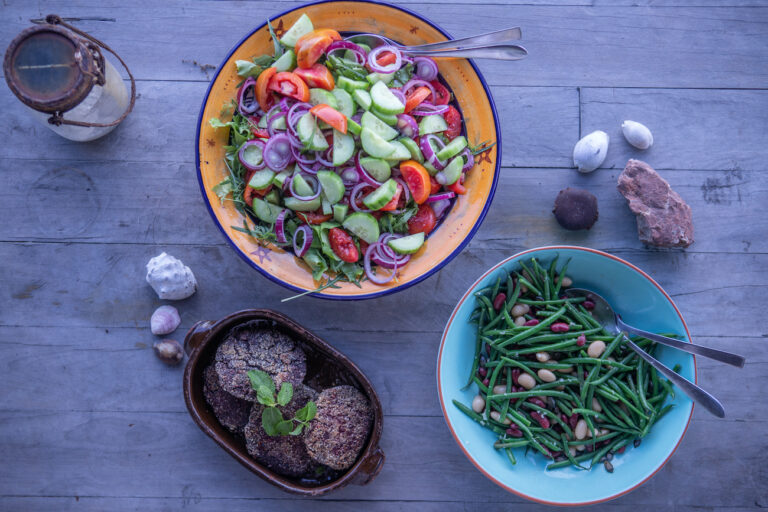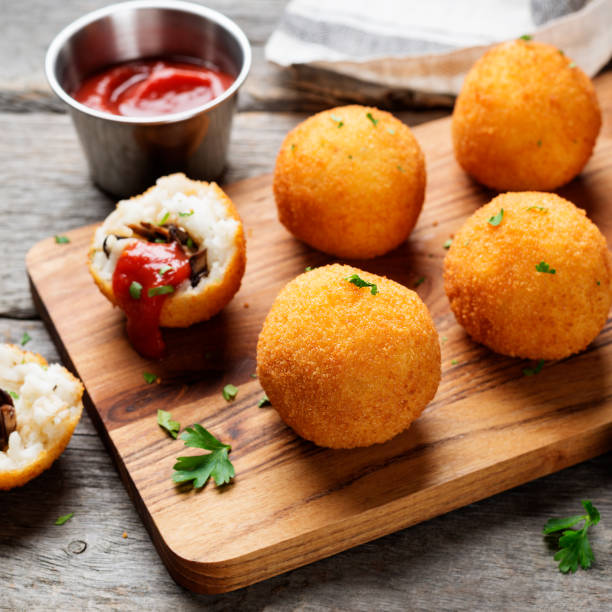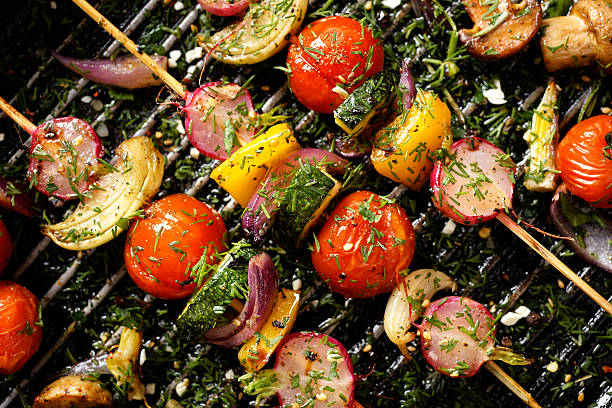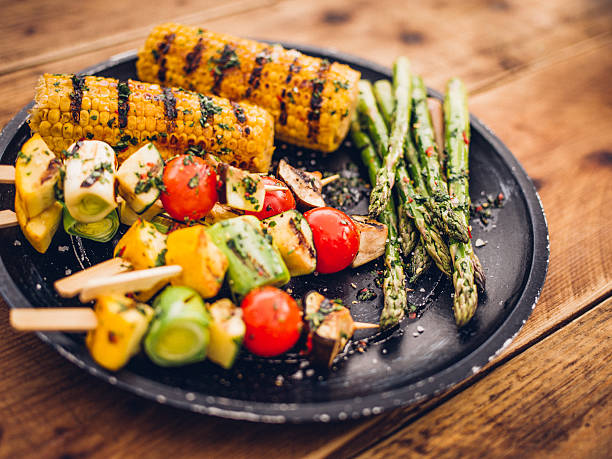Introduction: Mozambican cuisine and vegetarianism
Mozambican cuisine is well-known for its rich cultural diversity, and it’s no surprise that traditional dishes heavily feature meat, seafood, and dairy products. However, with the growing popularity of vegetarianism, people are now wondering about the availability of vegetarian options in Mozambican cuisine. Vegetarianism is not only an ethical choice but also a healthy one, and it is essential to know if there are any suitable options for vegetarians in this cuisine.
Staples of Mozambican cuisine: a look at traditional dishes
Mozambican cuisine is a fusion of African, Portuguese, and Arab influences. The staple foods in Mozambique include rice, cassava, maize, and various vegetables. Traditional dishes like Matapa, a stew made from cassava leaves, coconut milk, and peanuts, and Xima, a porridge made from maize flour, are typically served with fish, chicken, or beef. The use of spices like piri-piri, garlic, and coriander is also common in Mozambican cuisine.
Protein alternatives in Mozambican cuisine
For those who avoid meat, seafood, and dairy products, there are still many protein alternatives available in Mozambican cuisine. Beans, lentils, and chickpeas are commonly used in stews and soups, and coconut milk is a great substitute for dairy. Nuts and seeds like almonds, cashews, and sesame seeds are also rich in protein and are used in many sauces and dips. Mushrooms are an excellent source of protein as well, and they are often used in vegetarian dishes.
Vegetarian dishes in Mozambican cuisine: exploring local flavors
While vegetarian options are limited, there are still many dishes that vegetarians can enjoy in Mozambican cuisine. One such dish is the Funge de Caril, a porridge made from cassava flour and served with a spicy vegetable curry. Another option is the Chamussas, a type of pastry filled with peas, carrots, and potatoes. Piri-piri sauce, a spicy sauce made from piri-piri peppers, is a staple condiment in Mozambique and can add flavor to any vegetarian dish.
Adapting Mozambican recipes for vegetarian diets
Many traditional Mozambican dishes can be easily adapted for vegetarian diets. For example, Matapa can be made with tofu instead of fish or meat, and Xima can be served with vegetable stews or curries. Piri-piri sauce can also be made without using fish or shrimp sauce. By substituting protein alternatives for meat or seafood, vegetarians can enjoy the unique flavors of Mozambican cuisine.
Conclusion: embracing vegetarianism in Mozambican cuisine
While Mozambican cuisine may not have an extensive range of vegetarian options, it is still possible for vegetarians to find delicious and nutritious dishes in this cuisine. By exploring local flavors and adapting traditional recipes, vegetarians can enjoy Mozambican cuisine while maintaining their ethical and dietary choices. Mozambique’s rich culinary heritage can be appreciated and embraced by everyone, including those who follow vegetarianism.











